Equinox myths debunked — from eggs to equal night and daylight
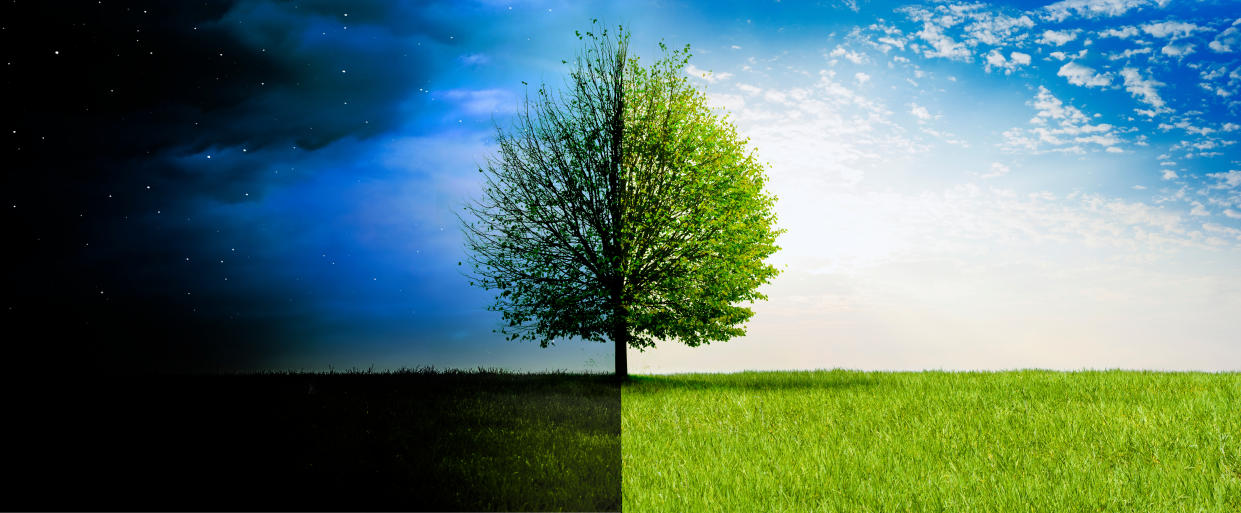
The spring equinox is equinox-ing on March 19, 2024 at 11:06 P.M. EDT and after many months of turtlenecks and gray skies, spring hath sprung in the Northern Hemisphere.
The spring, or vernal if you’re nasty, equinox refers to the moment in which the sun crosses the earth’s equator. The vernal equinox coincides with the first day of spring and usually falls on March 20 or 21st but because 2024 is a Leap Year, the equinox lands on March 19th.
As we march forward into spring, the hours of daylight we experience will expand, peaking at the point of the summer solstice on June 20 at 4:50 PM.
Across centuries and civilizations, we have long revered the spring equinox as a time of rebirth and renewal and the triumph of light over dark and day over night.
The Mayans built the pyramid El Castillo at Chichén Itzá to honor Kukulkan, the feathered serpent god and consort of the sun. On and around the equinoxes, the interplay of shadows and sunlight creates the image of a snake descending the pyramid staircase.
Shedding skin and beginning again, can dig.
Astrologically speaking the spring equinox marks the onset of Aries season—and the beginning of a brand new zodiac year.
As the first sign in the zodiac and a cardinal Fire sign, this energy is brave, bright and initiatory.
Perhaps because the spring equinox equates to the first match strike of fiery Aries season, there’s plenty of smoke around the myth and meaning of this day of days. For your entertainment and education read on to learn more about what’s real, what’s half true and what’s a pack of springtime lies.
Balance the egg
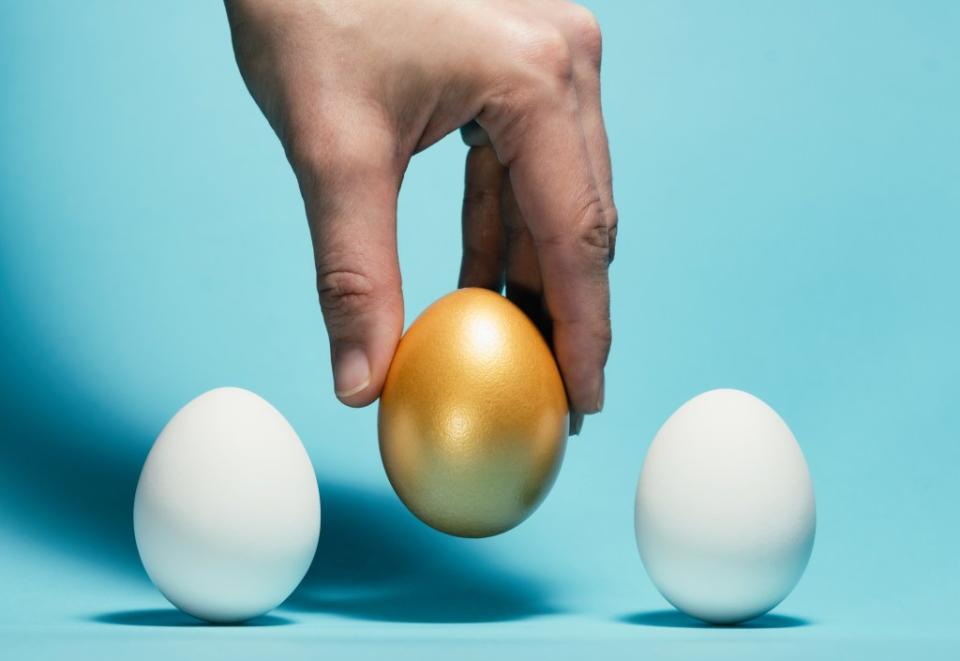
Urban legend holds that during the equinox, it’s possible/easier to balance an egg in an upright position. The idea springs (pun intended) from the misguided assumption that because the sun and moon are equidistant from the earth, gravitational pull would reflect that equality and the egg would be less inclined to Humpty Dumpty itself.
Lies, lies, lies, folks.
There is absolutely no gravitational change during an equinox
BUT…take heart because it is possible to balance an egg on any day of the year provided you’ve got the right egg. Here’s how; ensure you have a level surface and then take a fresh, uncooked egg and hold it with the larger end resting on said surface. Wait for the fluid content of the egg to settle, then carefully test the balance and your patience.
For a quick advantage, make a small mound of salt on a hard smooth surface. Carefully balance a raw egg on top of the salt and then ever so gently blow the salt away. Bada bing bada balance my babies.
The equinox lasts all-day
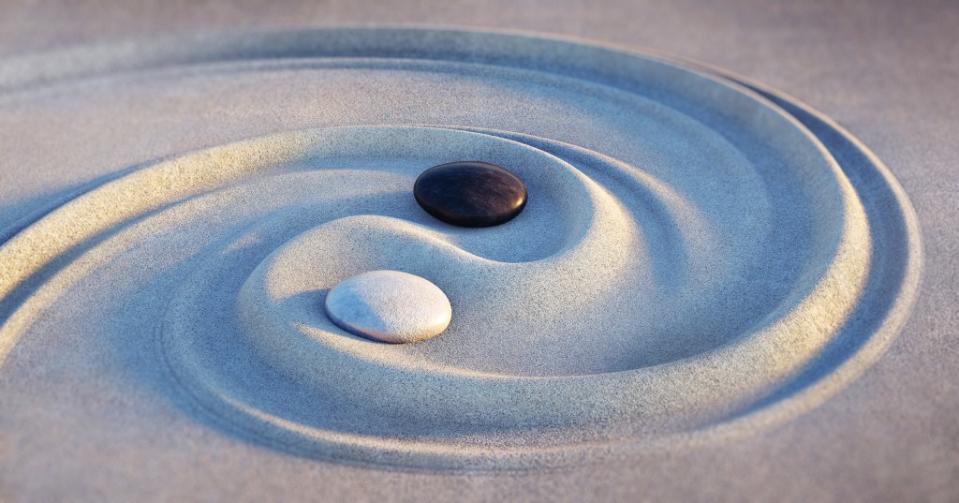
The vernal equinox is a lot of letters for a single moment. The true equinox is not a day but a time, namely the exact moment the hot and holy sun passes over the equator. Tis’ but a brief breath and not a day-long affair. For 2024 the exact moment of the equinox is March 19 at 11:06 P.M. EDT.
Day and night are exactly equal on the equinoxes
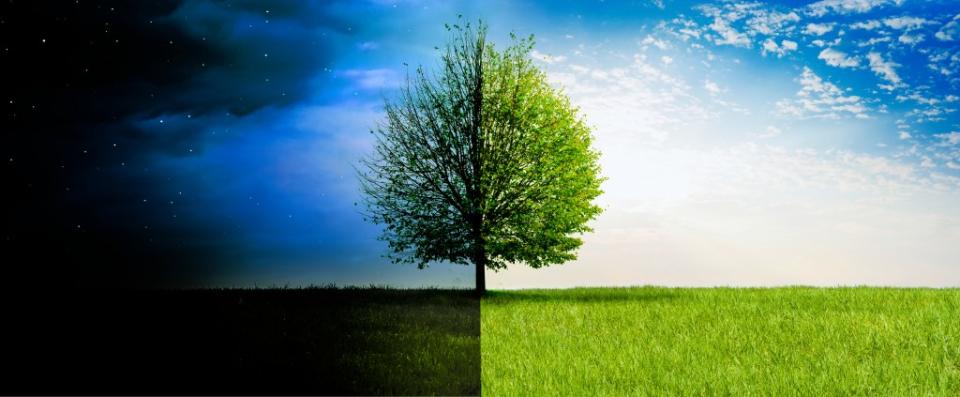
Not quite. The word equinox translates to ‘equal night’ suggesting a tidy 12 hours of darkness and 12 hours of light but this is more poetic license than express fact. Here’s why; the bending of the sun’s rays, or the optical effect of refraction, results in the sun appearing above the horizon when it is still below it, a mirage that mucks up our concept of bankable daylight.
Further, we demarcate daytime as beginning when the topmost sliver of the sun rises above the horizon but we don’t call it a day until the topmost bit sinks below it, giving day a leg up, and several minutes over, on night.
Thus, even on the hallowed occasion of the equinox, daytime is fractionally longer than night.
But wait, equality is not merely a dream upon a dream.
However misleading the word equinox is, there are still days when night and day are equitable. As “Scientific American,” explains, “One of these days occurs a few days before the March equinox, and the other is a few days after the September equinox. These two times of year are aptly, if a tad confusingly, called the equilux, or “equal light.”
No shadow at noon
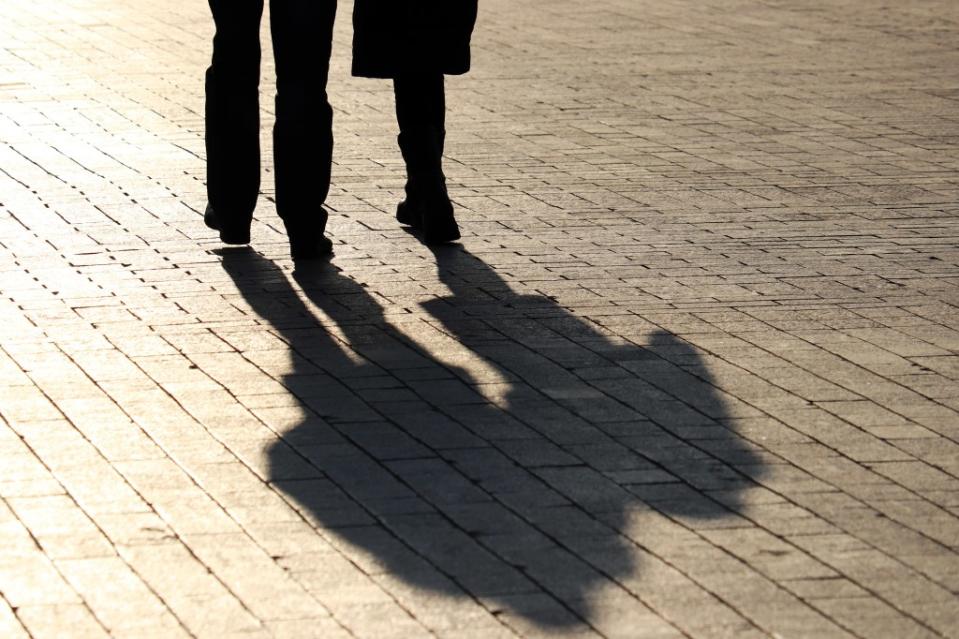
An enduring equinox myth maintains that at noon on the equinox no shadows are cast. This myth is partially true but requires a fair amount of precision to accomplish. You see folks, we cast shadows because the sun is always at an angle to us. To eliminate our shadows the sun needs to be directly overhead; coincidentally, that death star shines directly over the equator on the equinox. Thus, if you stand upon the equator at exactly noon on the equinox you will cast no shadow.
The equinox affects your mood/Spring Fever is real
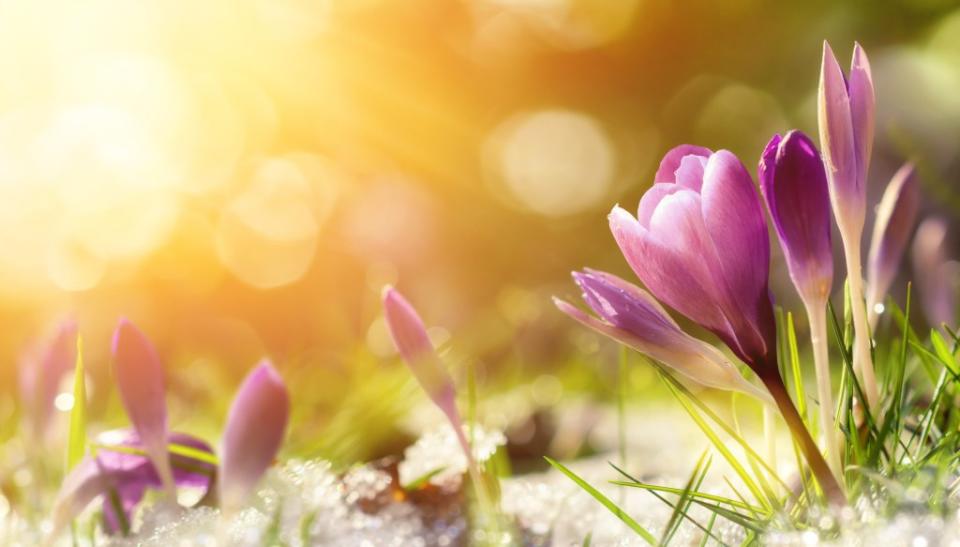
Perhaps owing to the emphasis on shadows and balance, some believe the equinox can affect our moods, inducing a so-called spring fever where heart rates race, poetry spews, appetite suppresses, faces flush, loins blush and restlessness takes hold.
While our circadian rhythms are affected by the natural release of melatonin, relative to the hours of darkness and light we experience each day, and SAD or Seasonal affective disorder is very real, the exact date of the equinox is not tied to any specific malady.
Yet, what the equinox heralds, namely, longer, warmer days has been directly linked to lighter, brighter moods. As “Scientific American” reports, “There are distinct patterns of winter depression lifting in the spring. And the key for that rise in mood is the earlier onset of morning light.”
Further, research shows 72 degrees Fahrenheit is the optimal temperature for human happiness, a degree we see the most of in the bloom of spring.
Astrologer Reda Wigle researches and irreverently reports back on planetary configurations and their effect on each zodiac sign. Her horoscopes integrate history, poetry, pop culture and personal experience. She is also an accomplished writer who has profiled a variety of artists and performers, as well as extensively chronicled her experiences while traveling. Among the many intriguing topics she has tackled are cemetery etiquette, her love for dive bars, Cuban Airbnbs, a “girls guide” to strip clubs and the “weirdest” foods available abroad.

